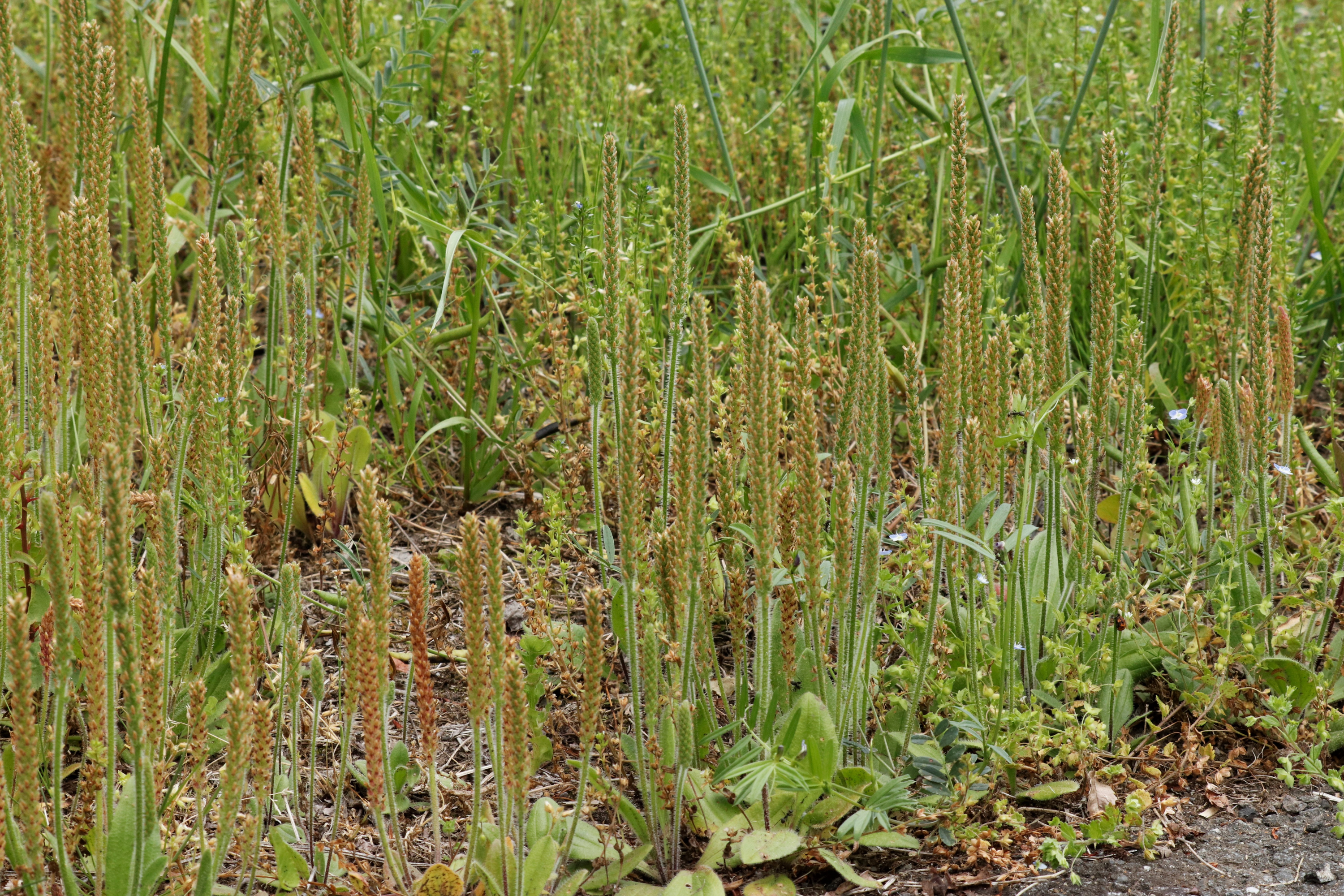Virginia plantain
(Plantago virginica)

Description
An Plantago virginica in the Magnoliopsida usus species illustrated by Carl von Linné. An Plantago virginica in nahilalakip in the genus Plantago , and the family Plantaginaceae. These subspecies are listed below. Plantago is a genus of about 200 species of small, inconspicuous plants commonly called plantains or fleaworts. The common name plantain is shared with the unrelated cooking plantain, a kind of banana. Most are herbaceous plants, though a few are subshrubs growing to 60 cm (24 in) tall. The leaves are sessile, but have a narrow part near the stem which is a pseudo-petiole. They have three or five parallel veins that diverge in the wider part of the leaf. Leaves are broad or narrow, depending on the species. The inflorescences are borne on stalks typically 5–40 cm (2.0–15.7 in) tall, and can be a short cone or a long spike, with numerous tiny wind-pollinated flowers. They are found all over the world, including America, Asia, Australia, New Zealand, Africa and Europe. Many species in the genus are cosmopolitan weeds. They are found in many different habitats, most commonly in wet areas like seepages or bogs. They can also be found in alpine and semi-alpine or coastal areas. The cosmopolitan weeds can be frequently seen at the side of roads.
Taxonomic tree:







